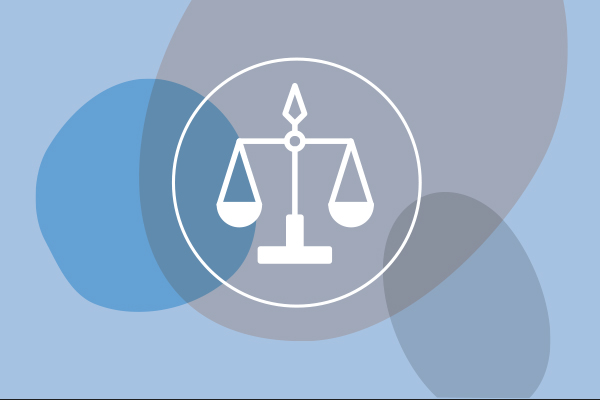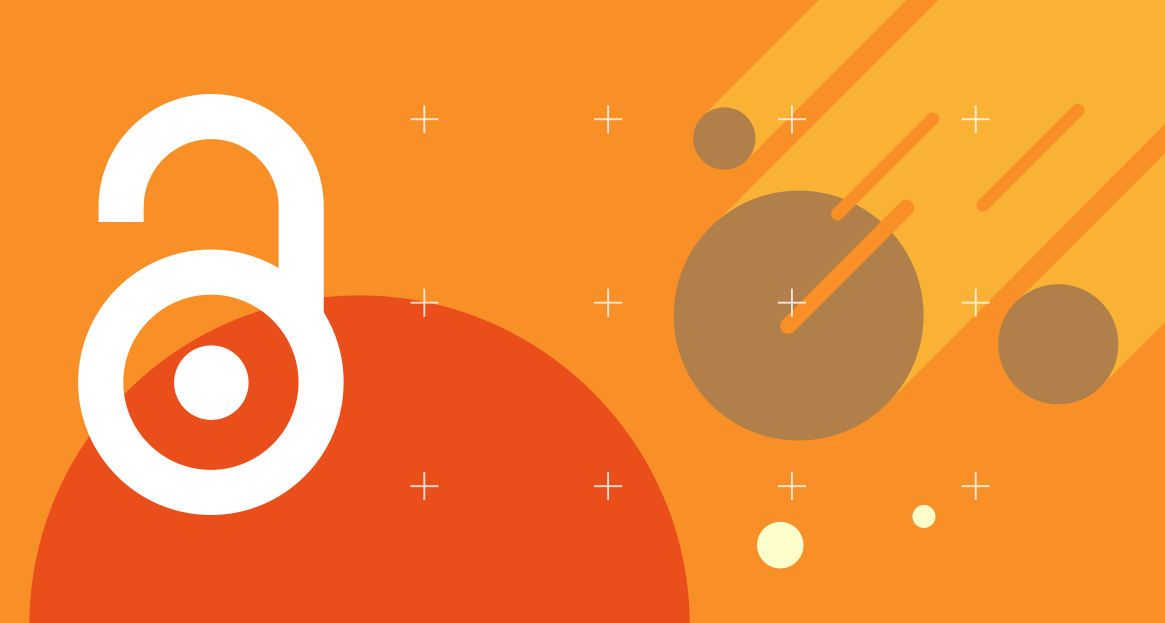As implicit conditions for publishing in the journals of the American Astronomical Society (AAS), authors are expected to adhere to basic standards of professional ethics and conduct that are common across all areas of scholarly publishing. All authors submitting to AAS journals sign the following agreement:
The author(s) certifies that the manuscript being submitted:
(1) consists of original work by the author(s)
(2) does not infringe any copyright or violate any other right of any third parties or any obligations we may have with them
(3) is not defamatory or contrary to law, and
(4) has not been previously published elsewhere and is not being considered for publication elsewhere in any form.
Additionally, the submitting author certifies that:
(5) they have received approval from all co-authors to submit this manuscript, and
(6) any figures reproduced from other works were included with permission and are fully cited in the figure caption, following AAS permissions guidelines.
All parties are also expected to conform to common standards of professional respect and civility. Fortunately, in astronomy publishing these standards are upheld in the overwhelming majority of instances. However, misunderstandings and lapses in professional conduct do occur, including instances (or accusations) of plagiarism, inadequate attribution, conflicts of interest, or personally abusive behavior toward referees, authors, editors, or journal staff members.
The following text summarizes the expected standards of professional and ethical conduct, with specific application to publication in the AAS Journals. For the complete set of general professional and ethical standards of the American Astronomical Society, including those that refer to research, publication and authorship, and peer review, please refer to the full AAS Code of Ethics.




